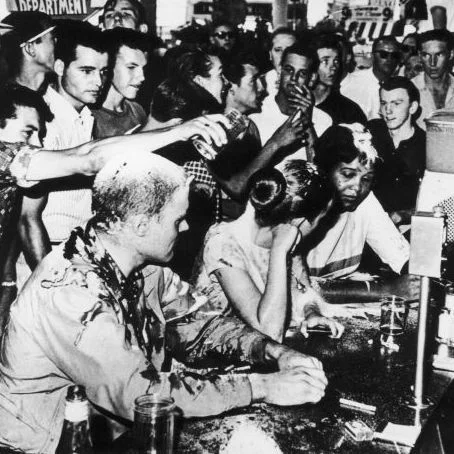Mountain of the Dead
February 2, 1959 - It was on this night that 9 Russian hikers lost their lives in a bizarre incident that remains one of the world's greatest unsolved mysteries. Theories about what happened have been strung together from various photographs and diaries recovered at the scene.
It began as a 10-kilometer ski trek across some snowy mountain passes in western Russia. 8 men and 2 women began the journey on January 27, but one man, Yuri Yudin, turned back the following day due to illness.
On January 31st the remaining skiers began an arduous climb up a mountain known as Kholat Syakhl. The name translates to "mountain of the dead." Heavy snowfall slowed the group's progress and they meandered off course. A hasty camp was set up on the snowy mountain slope. That night something horrible happened.
Almost two weeks would pass before search parties began looking for the missing hikers. On February 26 a team found the abandoned campsite. The tent was ripped apart and a series of footprints led the searchers to 9 frozen bodies scattered in the forest.
In trying to piece together what happened the investigators were faced with some strange evidence. 6 of the deaths were attributed to hypothermia, but 3 of the bodies showed signs of fatal injuries. One man's skull had suffered a massive blow and two others died from chest fractures. The tent appeared to have been ripped open from within and there was no trace of any other footprints besides those of the group members.
Another strange piece of evidence was a high level of radiation that was detected on the victims' clothing. Family members reported that some of the bodies had an unusual orange tan.
The official verdict on the investigation was that the 9 skiers died from a "compelling unknown force." Many of the details related to the incident were locked up in secret Soviet files for over thirty years. Unfortunately much of the evidence has gone missing, including eyewitness accounts from members of the search party who reported seeing spheres or UFOs in the area.





